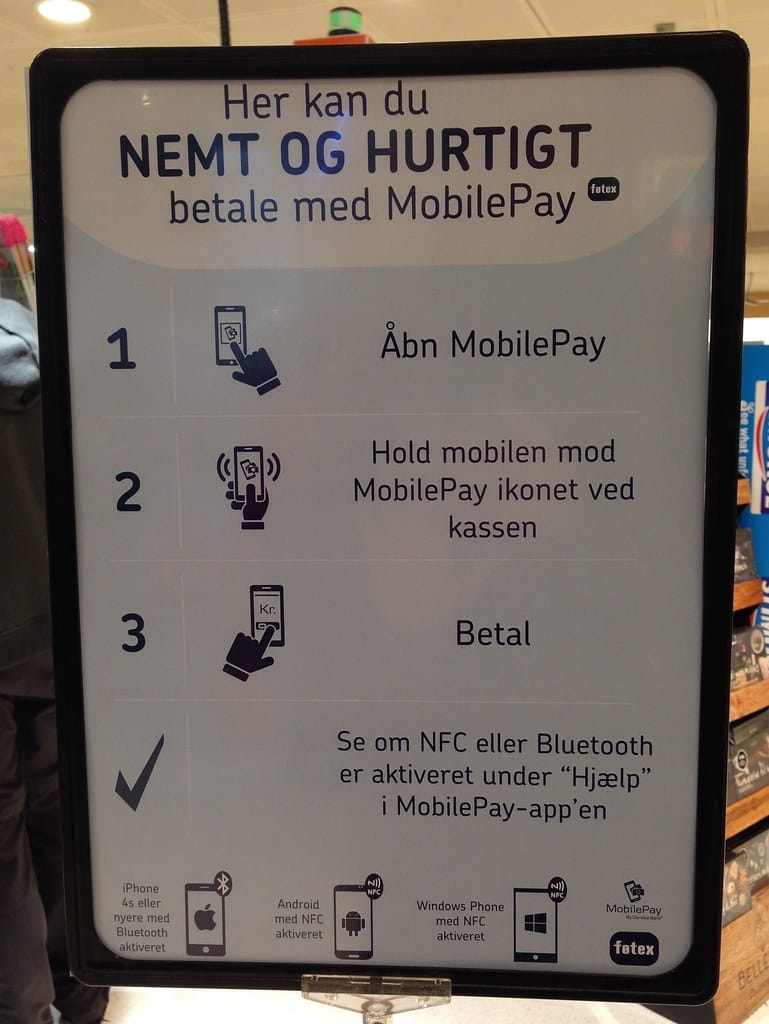NFC Release 15 Quadruples Tap-to-Pay Range: What 2cm Means for Your Wallet
The next time you tap your phone or card to pay for coffee, you might not need to get quite so close to the payment terminal. The NFC Forum's latest Release 15 specification has quietly revolutionized contactless payments by extending the operational range from a mere 0.5 centimeters to 2 centimeters – a seemingly small change that could have massive implications for how we pay for everything.
This four-fold increase in range might sound modest, but in the world of Near Field Communication (NFC), it represents a significant leap forward that promises to make contactless payments faster, more reliable, and less frustrating for millions of users worldwide.
The Technical Breakthrough Behind the Extended Range
NFC Release 15 achieves this extended range through sophisticated improvements in power management and signal optimization. The specification enhances the magnetic field coupling between devices, allowing for more efficient power transfer over greater distances while maintaining the security standards that make NFC payments trustworthy.
"The increase from 0.5cm to 2cm represents years of engineering refinement," explains the NFC Forum's technical documentation. This improvement addresses one of the most common user complaints about contactless payments: the need for precise positioning that often leads to multiple attempts and frustrated customers at checkout lines.
The extended range works by optimizing the antenna design specifications and improving the power amplification systems within NFC-enabled devices. This means both smartphones and payment cards will benefit from the improved range, though implementation will depend on manufacturers adopting the new standards.
Real-World Impact: Beyond Convenience
Faster Checkout Experiences
The extended range translates to tangible benefits in everyday scenarios. Grocery stores, coffee shops, and transit systems – where speed is crucial – will see immediate improvements. Early testing suggests that successful payment connections increase by approximately 40% on the first attempt when using the extended range capability.
Consider the morning rush at a busy coffee shop: customers can now hover their phones or cards near payment terminals without the precise alignment previously required. This reduces transaction times and eliminates the awkward dance of repositioning devices multiple times.
Accessibility Improvements
Perhaps more importantly, the extended range significantly improves accessibility for users with mobility limitations or visual impairments. The larger target area makes contactless payments more inclusive, reducing the physical dexterity required for successful transactions.
Industry Adoption and Timeline
Major payment processors including Visa, Mastercard, and American Express have already expressed support for NFC Release 15. However, widespread adoption requires coordination across multiple stakeholders: payment terminal manufacturers, smartphone makers, and financial institutions.
Industry analysts predict that new payment terminals supporting the extended range will begin appearing in late 2024, with smartphone integration following in 2025 as manufacturers update their NFC chipsets. The rollout will likely prioritize high-traffic locations like transit systems and major retailers where the efficiency gains are most valuable.
Apple and Google, whose mobile payment platforms process billions of transactions annually, are reportedly working on implementing Release 15 support in future device updates, though neither company has announced specific timelines.
Security Remains Paramount
Despite the extended range, NFC Release 15 maintains the same encryption and security protocols that have made contactless payments widely trusted. The technology still requires devices to be in close proximity – preventing the security vulnerabilities associated with longer-range wireless technologies.
The specification includes enhanced anti-collision protocols, which improve performance when multiple NFC devices are nearby, a common scenario in crowded checkout areas or public transportation.
What This Means for Consumers and Businesses
For consumers, the immediate benefit is convenience. No more precisely aligning phones with payment terminals or struggling with cards that won't read properly. The extended range should make contactless payments feel more natural and reliable.
Businesses stand to gain from reduced transaction times and improved customer satisfaction. Retailers report that failed contactless payment attempts often lead to customer frustration and longer checkout lines – problems that Release 15 should largely eliminate.
The Future of Contactless Payments
NFC Release 15's extended range represents more than just a technical improvement – it's a step toward truly seamless digital payments. As contactless transactions continue growing (they represented over 60% of in-person payments in many developed markets in 2023), these user experience improvements become increasingly valuable.
The specification also lays groundwork for future innovations, including improved device-to-device transfers and enhanced IoT applications beyond payments.
While 1.5 centimeters might not sound revolutionary, in the context of contactless payments, it represents a meaningful step toward making digital transactions as effortless as they were always meant to be.
